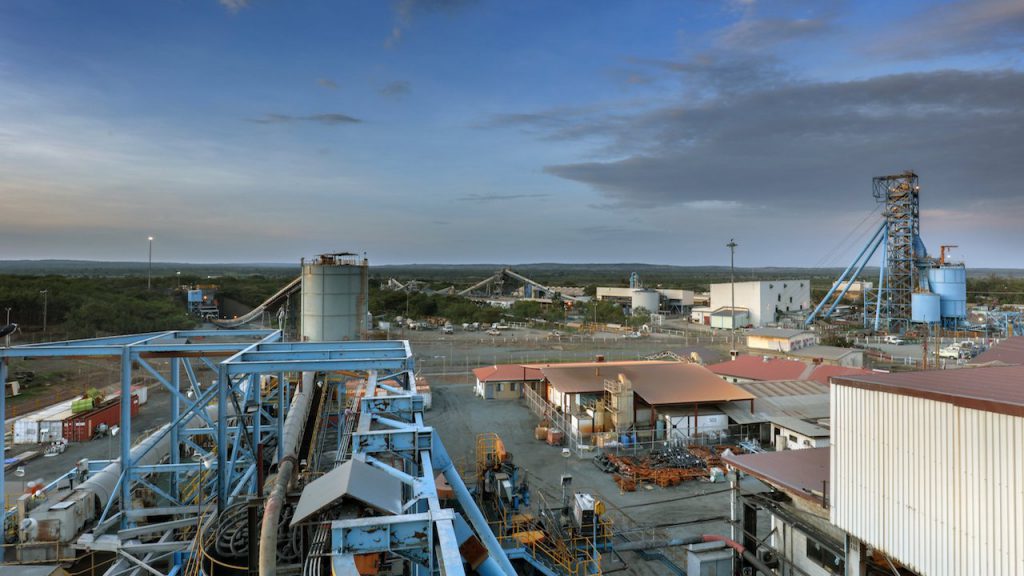
Barrick Gold (NYSE: GOLD) (TSX: ABX) said on Tuesday it had succeeded in taking its North Mara and Bulyanhulu gold mines in Tanzania from “moribund” to Tier One assets.
Barrick, which took over the operations after re-acquiring Acacia Mining in September 2019, said they delivered a combined production of more than 500,000 ounces last year, which qualifies them as Tier One mines.
To be considered in the top category, assets must have a reserve potential to deliver a minimum 10-year life, annual production of at least 500,000 ounces of gold and total cash costs per ounce over the mine life that are in the lower half of the industry cost curve, Barrick said in a media release.
North Mara is on track to become a fully integrated mine with the planned commissioning of the Nyabirama pit during the current quarter. Operations are scheduled to kick off in the third quarter of 2022, the company said.
Bulyanhulu has been re-established as a world-class, low-cost, long-life underground mine as it achieved steady production following the ramp-up of its mining and metallurgical operations in December 2021.
Barrick expects both mines to experience significant growth of their mineral reserves, net of depletion, for 2021.
The Toronto-based miner signed a deal with Tanzania last year that allowed the government to take stakes in three gold mines. The agreement ended a long-running tax dispute and set a template for negotiations with other firms.
Since taking control of the mines, the gold producer has increased its footprint around Bulyanhulu through the acquisition of six prospective licences bordering the asset. The company’s exploration teams are also looking elsewhere in Tanzania for new opportunities.
The two mines have also continued to recruit and upskill local people, chief executive Mark Bristow told local media. Tanzanian nationals now account for 96% of their workforce, with 41% drawn from the surrounding villages.
Comments
Ronald mendoza Plopinio
Barrick was the best mining i ever experience to work for their tank and structural steel structure and best organize gold mine in the word tnx for the experience.i learn a lot